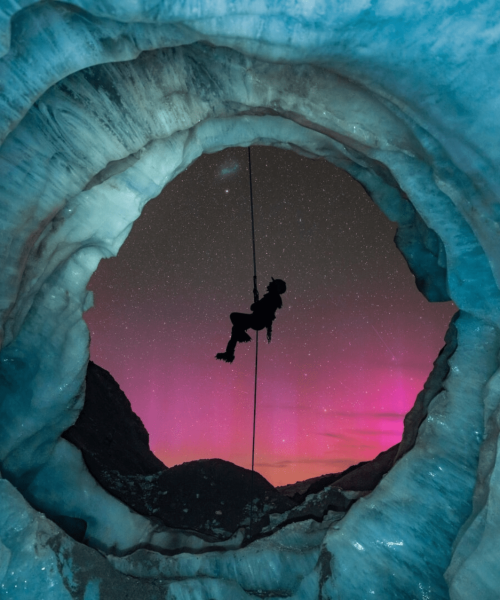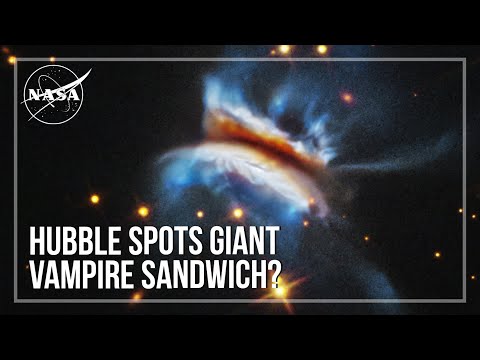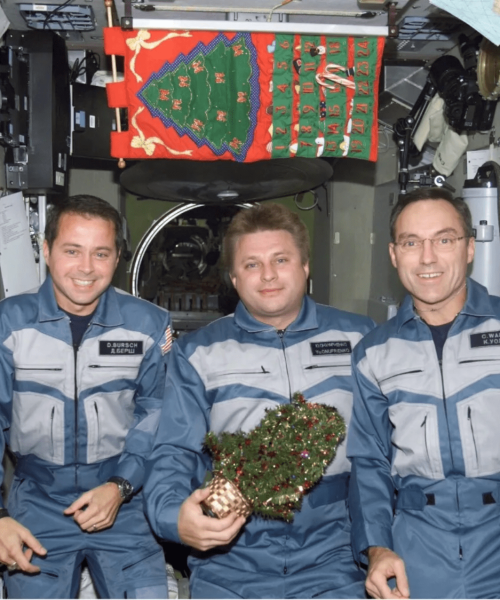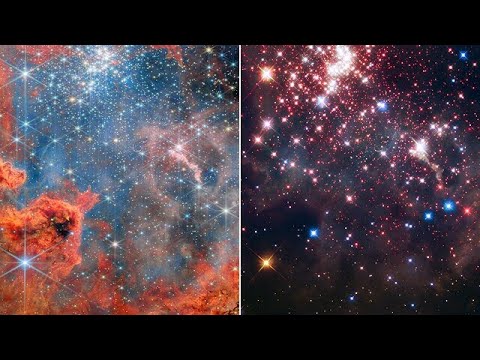Astronomers taking a closer look at a cosmic showdown have spotted a rare, mindbending event 730 million light-years from Earth. After reviewing a massive stellar explosion, researchers believe they spotted a never-before-seen type of supernova that involves a nearby black hole. According to their study published August 13 in the Astrophysical Journal, it may be the first of many other, similar discoveries.
Supernovae are some of the most violent moments in the universe. Although there is some room for debate, the events are generally divided into two primary types. A thermonuclear supernova occurs when a low-mass white dwarf at least 8 times smaller than the sun absorbs matter from a companion star until it explodes. Meanwhile, an iron-core collapse supernova happens after a star more than 10 times our sun’s mass finally depletes all its fuel and subsequently collapses into a neutron star or black hole. The event detected in 2023, however, doesn’t fit neatly into these categories.
The saga started two years ago at Caltech’s Zwicky Transient Facility located at the Palomar Observatory in San Diego County, California. There, astronomers from Harvard University, the Smithsonian’s Center for Astrophysics, and MIT tasked a newly designed machine learning algorithm to scan the night skies for odd explosions in real time. Operators hoped that quickly flagging possible targets in this way could offer vital extra time for ground and space telescope array observations around the world.
In July 2023, the AI system sighted one such event, which astronomers classified SN 2023zkd. Although 2023zkd looked like a relatively standard supernova at first glance, it soon defied observers’ expectations. After predictably dimming for multiple months, the stellar explosion inexplicably began brightening again. Researchers reviewed previous data about the star system, and learned that prior to going nova, 2023zkd had slowly been brightening for four years. While four years is not long on a cosmic scale, that’s much longer than most stars leading up to their demise.
Further examinations indicated that the debris shed by the star in that time ultimately shaped the supernova’s light emissions. The first brightening event took place as the supernova’s blast wave encountered a mass of low-density gas, while the second illumination came from a delayed, slower interaction with a disk-like cloud of thicker gas. Taken together, it was clear a nearby object had generated an intense gravitational pull on the star before it detonated.
“2023zkd shows some of the clearest signs we’ve seen of a massive star interacting with a companion in the years before explosion,” astronomer V. Ashley Villar said in a statement.
And across the known universe, there’s really only one type of cosmic object capable of such immense gravitational influences.
“Our analysis shows that the blast was sparked by a catastrophic encounter with a black hole companion, and is the strongest evidence to date that such close interactions can actually detonate a star,” added study lead author Alexander Gagliano.
However, there is another potential scenario,one in which the star never even lived long enough to reach supernova status by itself. The study’s authors say it’s also possible that the black hole simply ripped 2023zkd apart before it got the chance to explode on its own time. Instead, the black hole began devouring the star, which eventually sparked a supernova after its debris collided with the surrounding gas.
“We’re now entering an era where we can automatically catch these rare events as they happen, not just after the fact,” said Gagliano. “That means we can finally start connecting the dots between how a star lives and how it dies, and that’s incredibly exciting.”
No matter the actual flashpoint, the cosmic battle had a clear winner: what now remains is a single, much heavier black hole.
“We think this might be part of a whole class of hidden explosions,” said Villar.






